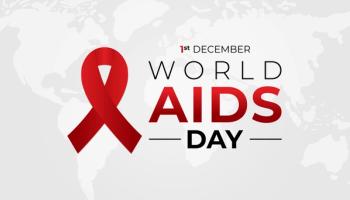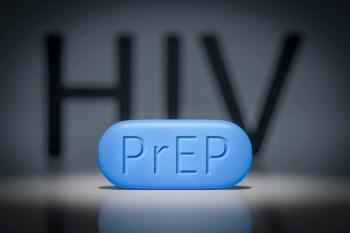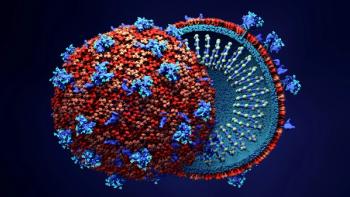
News|Articles|December 2, 2023
10 Facts About HIV/AIDS, Globally and in the U.S.
Author(s)Peter Wehrwein, Managing Editor
New infections are decreasing, but U.S. statistics reveal some significant disparities.
Advertisement
The Joint United Nations Programme on HIV/AIDS (UNAIDS) published a
- Worldwide, 39 million people globally were living with HIV in 2022, which is about the same as population of Canada. In the U.S., 1.2 million were living with HIV 2021, which is about the population of Dallas.
- Worldwide, 630,000 peopled died from AIDS-related illnesses in 2022 compared with 2 million in 2004 and 1.3 million 2010. In the U.S., there were 19,986 deaths among adults and adolescents with diagnosed HIV in 2021. However, some of the deaths may not have been directly related to HIV or AIDS.
- Worldwide, 1.3 million were newly infected with HIV in 2022, a 53% decrease from the 2.8 million new infections in 2000. In the U.S., 32,100 new HIV infections occurred in 2021, a 12% decrease from 36,500 new infections in 2017. The CDC’s numbers indicate that 70% of the new infection were among men who had male-to-male sexual contract.
- Worldwide, an estimated 86% of those living with HIV knew their HIV status in 2022. In the U.S., 87% of those living with had received a diagnosis. But as the CDC points out, that meant that in 2021, 1 in 8 people in the U.S. living with HIV did not know they had it
- Worldwide, 71% of the people living with HIV were virally suppressed. In the U.S., the proportion in 2021 was 66%.
- In the U.S. in 2021, a little more than half (52%) of the new HIV infections in the in Southern states
- In the U.S, Black persons are disproportionately affected by HIV infections. In 2021, 40% of the new infections were among those in the Black population, which made up approximately 12% of the population of the United States. Latino persons were also disproportionately with affected. Of the new infections in 2021, 29% affected Latino individuals while the Latino individuals make up 18% of the population.
- In the U.S. in 2021, 30% of those eligible for preexposure prophylaxis (PrEP) against HIV were prescribed it, a major increase from 2017 when only 13% were prescribed. However, CDC statistics show major racial disparities. PrEP was prescribed for 78% of the White people who were eligible but for only 11% of the Black people.
- In the U.S. in 2021, 82% of people diagnosed with HIV received HIV medical care within a month of diagnosis, a slight increase from the 77.8% who did in 2017
- Worldwide, about 9.2 million people living with HIV in 2022 did not receive treatment and about 2.1 million were getting treated but were not virally suppressed.
Newsletter
Get the latest industry news, event updates, and more from Managed healthcare Executive.
Advertisement
Advertisement
Advertisement
Trending on Managed Healthcare Executive
1
The FDA proposes ditching comparative efficacy studies for biosimilars
2
UC Davis develops new drug for bladder cancer patients
3
Phase 3 trial launches for novel antibody targeting integrin beta-6 in advanced lung cancer
4
NIH’s investigational AI technology unlocks faster, clearer retinal imaging with 75% less data
5



















































